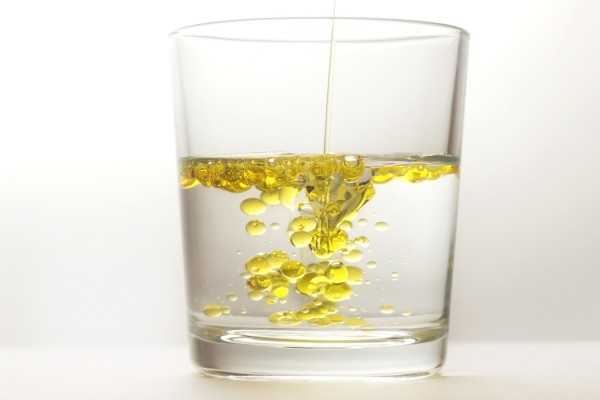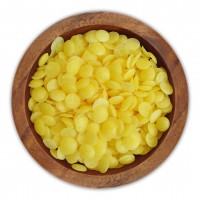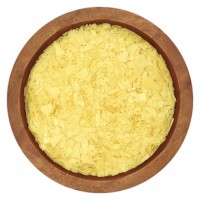Emulsifiers
Emulsifiers are substances and products that create a more or less permanent bond between substances that otherwise occur in separate phases. A typical example in everyday life is a salad dressing made of vinegar (containing water) and oil (containing fat). Both phases do not normally bond permanently. The oil and water separate from each other even after long, strong stirring. With an emulsifier (e.g. egg yolk), however, a permanent connection can be made. We then call this compound mayonnaise. It works because of the natural emulsifier lecithin, which is found in egg yolk.
What is an emulsifier?
By definition, emulsifiers are auxiliary substances that serve to mix two liquids that cannot be mixed together, such as oil and water, in a finely dispersed mixture called an emulsification. At the same time, this mixture is then also stabilized. The same applies to the mixing of solid, non-soluble substances in a liquid. This is also called suspension. These auxiliary substances are often also called surfactants and are used in a wide variety of applications such as in pharmaceuticals, food technology as a food additive, the oil industry, household, cosmetics and many other large-scale industrial applications.
How does an emulsifier work?
Chemically described, there are both hydrophilic and hydrophobic areas in emulsifiers. The hydrophobic part (water-repellent or fat-loving = lipophilic) attaches itself to the fat, while the hydrophilic part attaches itself to water. The emulsifier thus builds the bridge between fats and water.
There are both oil-in-water and water-in-oil emulsifiers. Typical and well-known emulsifiers are lecithin (also lecithin), which is industrially extracted from soybeans, rape or sunflower. Besides this well-known emulsifier, many stearates, esters of fatty acids, mono- and diglycerides as well as stearic acid have an emulsifying effect. Also waxes like beeswax or shea butter have a certain emulsifying effect.
Emulsions are not only produced by the food industry but also in many technical applications. Also typical cosmetic formulations are emulsions of oils, waxes and water as well as various active substances.




